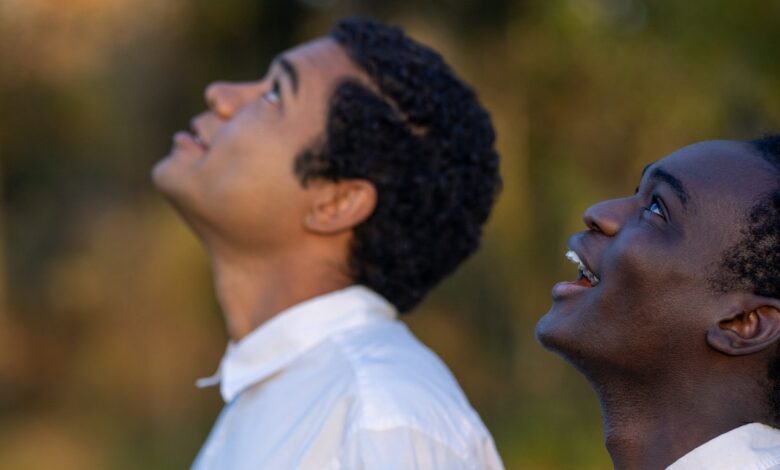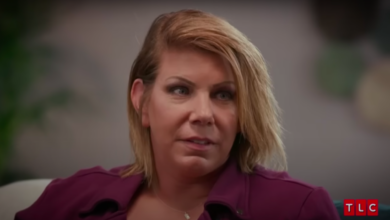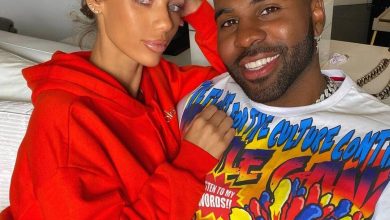The Making of ‘Nickel Boys’: How a Pulitzer Prize-Winning Novel Became a Radical, Painful Film

So RaMell, how did you set up the shots between the actors to create this visual approach?
Ross: The film was conceived as a single film. In one scene, we shot everything from Elwood’s perspective, then everything from Turner’s perspective—one scene from the first hour, then another scene from the second hour. But very rarely did we get to shoot both perspectives in one scene, because of the way it was written and scripted. We didn’t always go back and forth. So it was shot like a traditional film, except the other character wasn’t there. They were just told to look at a particular point on the camera.
Usually the other actor is behind the camera, reading lines and supporting so that the other person feels like they’re actually involved in something that’s relatively real. But because they’re all one-person, the choreography is quite difficult. The tricky part is getting the camera to move to pretend that someone is looking, but not overemphasizing the concept of looking. If you try too hard to be POV, it’s impossible. That becomes the focus of the audience, and then you lose touch with them. That’s why we shoot all long lenses, 50mm and 80mm; it’s not a GoPro thing.
Herisse: We are being asked to do something we have been advised not to do.
Ellis-Taylor: “Don’t look at the camera!” [Group laughs]
Herisse: And it’s invasive, so to forget about that and make it the person you’re talking to—usually Turner—is new and challenging. But I find it fun because of that. Over time, it gets easier. You can still be free in that, it just looks a little different.
Wilson: I felt physically restricted. I didn’t realize it until I was allowed to move—like when I was in bed—it was as if I hadn’t moved!
Ellis-Taylor: RaMell is really good at saying it, but not saying it. I think about the scene where young Elwood is looking into a store, and it took us a long time to get that, because the shot had to align. I can just say that you have to lean into it and be like, Okay, this is going to take a long time, but I’m going to trust the process. In the scene where I visit Elwood, we’re talking about where she is at that moment. I’m a little more sloppy, and RaMell, you’re like, I don’t feel that. It’s like a technical thing, but I never felt inhibited by it, strangely enough. I should have felt like, What the hell? [Group laughs] Strangely enough, I didn’t.
You continue the approach you introduced in Hale County in many ways, this time also by visually honoring the POV structure of the book. How did you come to it? The Nickel Boys?
Ross: That’s how I shoot Hale County. There are three scenes in that film where the camera is used in the same way, and that was an unconscious proof of concept for myself…. I had envisioned a POV film in my head for a long time, an art film, and then Dede [Gardner] that came with the book. I thought, “Was there a moment when Elwood realized that he was black?” For me, it was a visceral thing: Look around the world, everyone is like this; it wasn’t weird at the time, but it is weird looking back. That was the first way I thought of making a film. But I didn’t think anyone would make the film. I did the treatment. I asked [Joslyn Barnes] to write together. We built it. When we finished the script, we weren’t like, “We’re going to make this movie!” We were like, Hey, I really like this script. What do you want to do next? Because there’s no way MGM/Amazon are going to make a POV movie with these archival images built into it. And it got greenlit.




